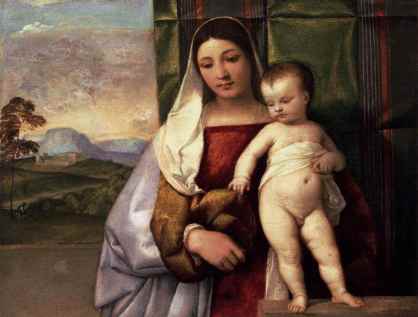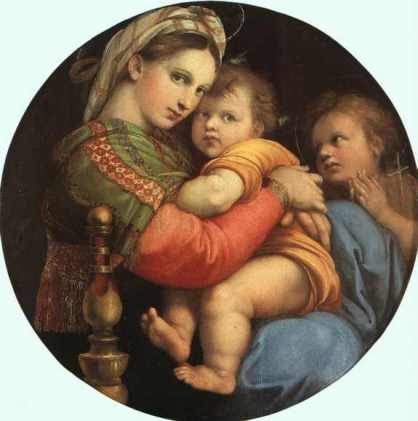This is the result of a juxtraposition of the creations of two people who have not met in their lifetime. Both made Spain their home. Both originated in another country (culture). The occasion of this is the Holy Week that is now approaching its climax. I chose to focus on the zenith of the drama, the burial. The beginning of the trip to Hades.
The creators:

El Greco: Domenikos Theotokopoulos, Painter.
Born in Crete, Greece, El Greco was trained as an icon painter.
It was as a painter who “felt the mystical inner construction” of life that El Greco was admired by Franz Marc and the members of the Blue Rider (Blaue Reiter) school: someone whose art stood as a rejection of the materialist culture of modern life.

El Lebrijano: Juan Peña Fernández. Lebrija (Seville), 1941. Singer.
García Marquez wrote: “When Lebrijano sings, water gets wet.”
(Please refer to FlamencoWorld for a biography and more).
The works:
The Burial of Count of Ortaz

The huge painting is in the Church of Santo Tome, in Toledo, the city that El Greco made his home in Spain.
Lagrimas de Cera (Tears of Wax)
“…The director of the company wanted to record right away and it occurred to me to say, almost as a joke, “I’m going to make a record about Holy Week.” When I was on the AVE to Seville I asked myself, “What did I say to this guy?” He called me up and said “How are you going to do it?” And I said to him, “What am I doing?” Then he said to me, “Come to Madrid because Hugo is here.”….As soon as we got there, in a recording studio on the Alameda de Hércules in Seville, we put together a multicolored musical ensemble: a Belgian producer with his French engineer, the Moroccan brothers that Juan has worked with for 10 years on strings and vocals, four Bulgarian singers, Antonio Moya de Utrera on guitar, Rosario Amador, niece of Raimundo also on vocals, and Sainkho from Southern Siberia. “It was like the U.N.,” jokes El Lebrijano.” (exerpt from an 1999 interview to Louis Clemente, published in Flamenco World)
This stunning music written for “Santa Semana” – the Holy Week – evokes the Universal aspect of Passion and Drama, universality that knows no boundaries or religions. The music unites the Christians and the Arabs with the itinerant Romas and the Jews in mourning for the Death and Burial of a Man, a God, our own.
The Video (Slide Show)
I have put together a slide show with photos of the painting, and one song from “Lαgrimas de Cera” as audio background. Here it is.






























































 In one of the spectacular panels of the church, the Emperor who made Ravenna the capital of Byzantium in the West is seen with his entourage and Bishop Maximian.
In one of the spectacular panels of the church, the Emperor who made Ravenna the capital of Byzantium in the West is seen with his entourage and Bishop Maximian. The Church was dedicated to Bishop Maximian in 547 and he is the nly named figure in the panel.
The Church was dedicated to Bishop Maximian in 547 and he is the nly named figure in the panel. In another panel, we see a young, beardless Christ
In another panel, we see a young, beardless Christ giving the crown of martyrdom to St. Vitalis, while Bishop Exxlesius is presenting a model of the Church. Ecclesius was the Bishop who started the building of the Chuch in 526.
giving the crown of martyrdom to St. Vitalis, while Bishop Exxlesius is presenting a model of the Church. Ecclesius was the Bishop who started the building of the Chuch in 526. The representation of Agnus Dei, the Lamb of God is stunning.Agnus Dei is the allegorical representation of the “Sacrifice” of Christ.
The representation of Agnus Dei, the Lamb of God is stunning.Agnus Dei is the allegorical representation of the “Sacrifice” of Christ.

 The mosais on the Arches are by themselves masterpieces.
The mosais on the Arches are by themselves masterpieces. What a wonsderful depiction of our Saviour! Encircled by four dolphins!
What a wonsderful depiction of our Saviour! Encircled by four dolphins! This decorative detail is the best testimony to the absolute glory of the church’s mosaics.
This decorative detail is the best testimony to the absolute glory of the church’s mosaics. Empress Theodora and her friends.
Empress Theodora and her friends. The church is full of symbolic images, figures and episodes from the Testament.
The church is full of symbolic images, figures and episodes from the Testament. Abel and Melchizedek.
Abel and Melchizedek. San Vitale is a treasure that cannot be exhaused easily. I feel I need to go back again and again. Same feeling I had in Moni Choras.
San Vitale is a treasure that cannot be exhaused easily. I feel I need to go back again and again. Same feeling I had in Moni Choras.





 Το χαρακτηριστικο αυτο σπιτι βρισκεται ακριβως απεναντι απο τη Μονη, που σημερα ειναι Μουσειο. Με εντυπωσιασε εκτος των αλλων, οτι μεσα στην Εκκλησια συναντησα ενα γκρουπ απο νεες πανεμορφες κοπελλες Τουρκαλες – μαλλον φασιον μπιζνες – με ξεναγο, που εμειναν τουλαχιστον μια ωρα!
Το χαρακτηριστικο αυτο σπιτι βρισκεται ακριβως απεναντι απο τη Μονη, που σημερα ειναι Μουσειο. Με εντυπωσιασε εκτος των αλλων, οτι μεσα στην Εκκλησια συναντησα ενα γκρουπ απο νεες πανεμορφες κοπελλες Τουρκαλες – μαλλον φασιον μπιζνες – με ξεναγο, που εμειναν τουλαχιστον μια ωρα!




 Το μεγαλοπρεπο εσψτερικο σου προκαλει δεος, ακομη κι ετσι που εγινε “Μουσειο”, και με ολες τις επικαλυψειςτων χριστιανικων συμβολων και εικονων.
Το μεγαλοπρεπο εσψτερικο σου προκαλει δεος, ακομη κι ετσι που εγινε “Μουσειο”, και με ολες τις επικαλυψειςτων χριστιανικων συμβολων και εικονων.

 Ο χρυσοποικιλτος αγγελος εστω και μισος εχει μια αξεπεραστη ομορφια.
Ο χρυσοποικιλτος αγγελος εστω και μισος εχει μια αξεπεραστη ομορφια.





